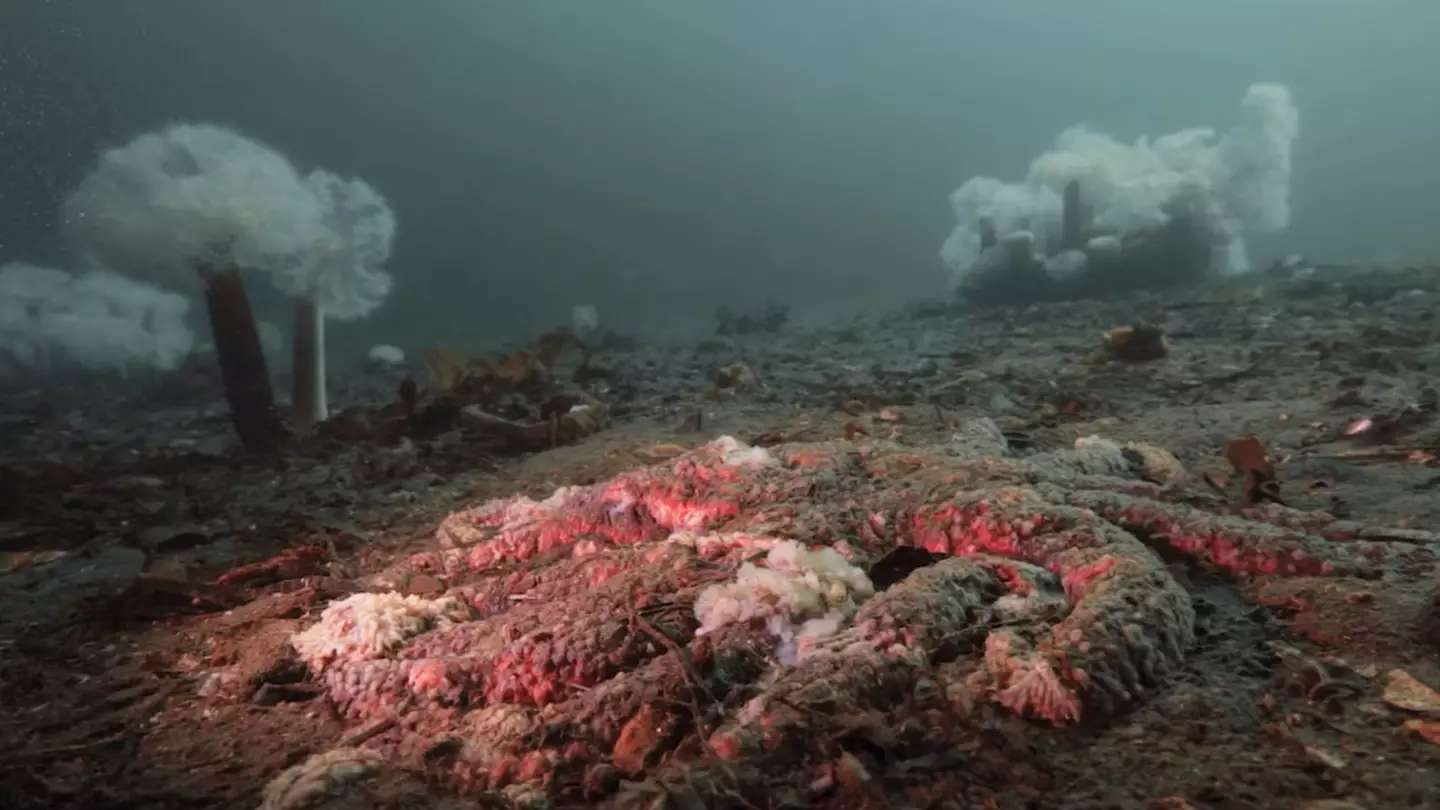
Scientists solve great ocean mystery behind billions of starfish turning to goo
It's taken 12 years but scientists have finally gotten to the bottom of it
Featured Image Credit: Hakai Institute
Topics: Science, Ocean, Environment
 James Moorhouse
James Moorhouse

James is a NCTJ Gold Standard journalist covering a wide range of topics and news stories for LADbible. After two years in football writing, James switched to covering news with Newsquest in Cumbria, before joining the LAD team in 2025. In his spare time, James is a long-suffering Rochdale fan and loves reading, running and music. Contact him via [email protected]
@JimmyMoorhouse